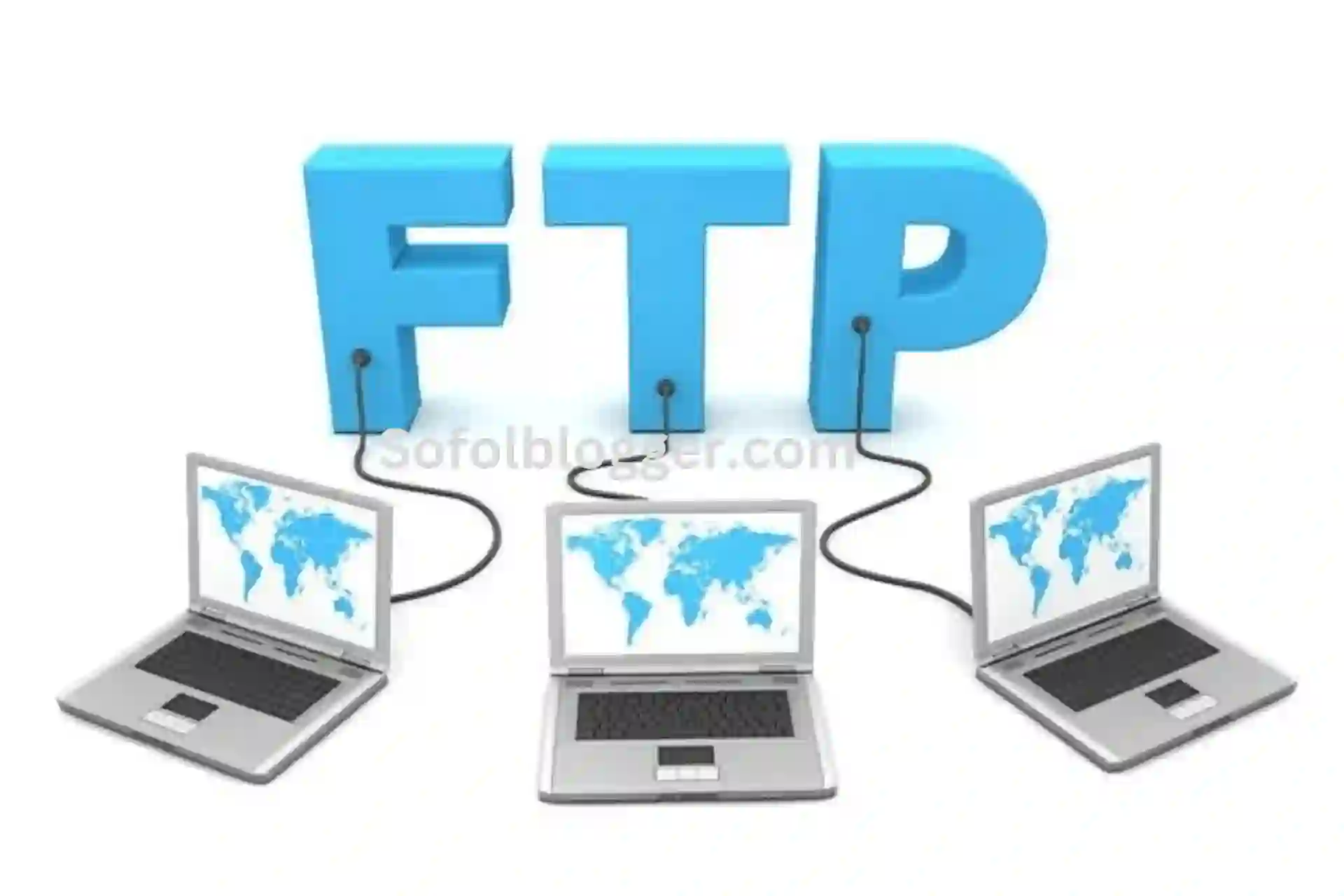In the world of digital communication and file sharing, FTP (File Transfer Protocol) remains a stalwart method for transferring files between computers over a network. Whether you’re a seasoned tech professional or a beginner navigating the digital landscape, knowing how to download files from an FTP server is a valuable skill. In this guide, we’ll walk you through the process step by step, ensuring you can access the files you need with ease.
Understanding FTP:

FTP is a standard network protocol used for transferring files from one host to another over a TCP-based network, such as the internet. It operates on a client-server model, where one computer acts as the server hosting the files, and another computer connects to it as the client to download or upload files.
Step 1: Choose an FTP Client Software
To access an FTP server, you’ll need FTP client software. There are various options available, both free and paid, across different platforms. Some popular FTP clients include FileZilla, WinSCP (Windows Secure Copy), Cyberduck (for macOS), and Transmit (for macOS). Choose one that suits your operating system and preferences.
Step 2: Install and Launch the FTP Client
Once you’ve chosen your FTP client, download and install it on your computer. After installation, launch the FTP client application.
Step 3: Connect to the FTP Server
After launching the FTP client, you’ll need to connect to the FTP server where the files you want to download are hosted. Here’s how to do it:
- Open your FTP client.
- Enter the FTP server’s address (hostname or IP address), username, and password in the designated fields. This information is typically provided by the server administrator.
- Click on the “Connect” or “Login” button to establish a connection to the FTP server.
Once you’ve successfully connected to the FTP server, you’ll typically see a directory listing displaying the files and folders available for download. Use the FTP client’s interface to navigate through the directory structure to find the files you want to download.
Step 5: Download Files from the FTP Server
After locating the files you wish to download, follow these steps to download them to your local machine:
- Select the files you want to download by clicking on them.
- Once selected, right-click on the files and choose the “Download” option from the context menu. Alternatively, you may find a “Download” button or option within the FTP client’s interface.
- The FTP client will begin downloading the selected files to your computer. The progress of the download will be displayed within the FTP client interface.
Step 6: Verify Downloaded Files
After the download is complete, it’s a good practice to verify that the files were downloaded successfully and are intact. You can do this by comparing the file sizes and, if applicable, checking the file checksums provided by the server administrator.
Step 7: Disconnect from the FTP Server
Once you’ve downloaded all the files you need, it’s essential to disconnect from the FTP server to free up resources and ensure the security of your connection. Most FTP clients provide an option to disconnect or log out from the server. Simply follow the prompts within the FTP client’s interface to do so.
Downloading files from an FTP server may seem daunting at first, but with the right tools and guidance, it’s a straightforward process. By following the steps outlined in this guide and familiarizing yourself with an FTP client, you’ll be able to access files from FTP servers with ease, whether you’re a tech enthusiast, a business professional, or simply someone looking to transfer files securely over the internet.










